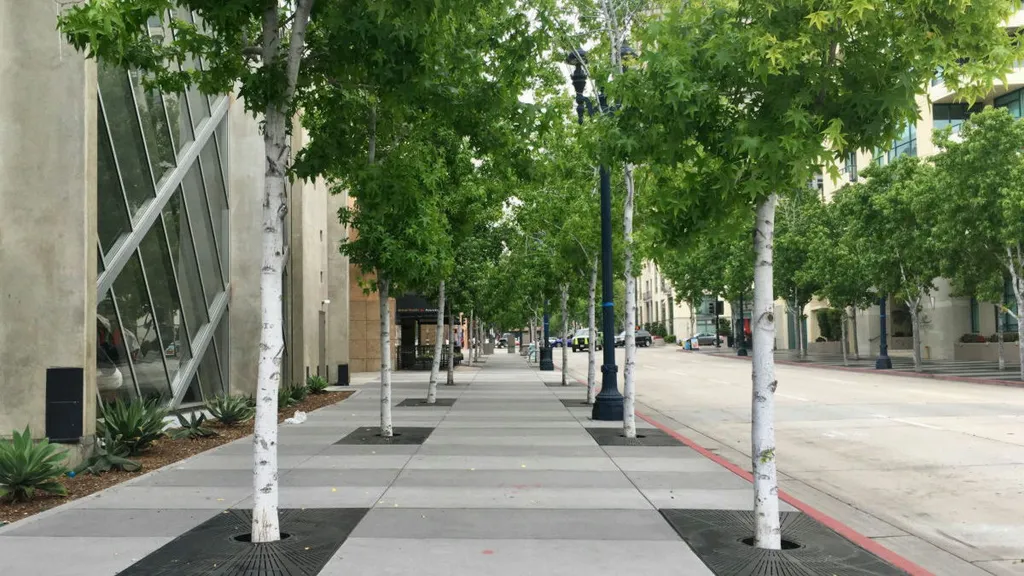In the heart of Jordan, a groundbreaking study led by Shadi Hanandeh, an Associate Professor at Al-Balqa Applied University, is reshaping our understanding of the intricate relationship between street trees and asphalt pavements. Published in the esteemed journal *Transportation Engineering* (translated from Arabic as “Engineering of Transportation”), this research delves into the often-overlooked impact of urban greenery on road infrastructure, offering valuable insights for city planners, civil engineers, and the energy sector.
Hanandeh’s team employed a sophisticated combination of Artificial Neural Networks (ANN) and 3-D Finite Element Methods to investigate how different tree species contribute to pavement distress. By analyzing the Pavement Condition Index (PCI), they identified specific tree species that lead to pavement damage, providing a scientific basis for urban tree farming strategies.
The study revealed that tree roots can cause significant deformation and stress on asphalt pavements. “In a finite element model that ignores tree-root effects, deformation achieves an upper limit of 0.57 mm below the outer vehicle wheel,” Hanandeh explained. However, when tree-root movements are considered, deformations can reach over 25 mm, affecting a seven-fold wider area than the root zone. This finding underscores the importance of considering tree-root dynamics in pavement design and maintenance.
The research highlighted two distinct failure patterns: longitudinal cracking and swelling. For roadside trees, failures occurred within 0 to 2 meters of the pavement edge, while median trees caused damage extending from 0 to 5 meters from the median. Notably, certain tree species, such as California Fan Palm and Elm, induced strains well below the failure threshold, suggesting they are less likely to cause pavement distress.
The commercial implications of this research are substantial. For the energy sector, understanding the impact of tree roots on pavements can inform the design and maintenance of roads leading to energy facilities, ensuring longevity and reducing repair costs. Moreover, the study provides a scientific basis for selecting tree species that minimize pavement damage, offering long-term savings for urban infrastructure management.
As cities worldwide grapple with the challenges of urbanization and climate change, Hanandeh’s research offers a timely reminder of the complex interplay between nature and infrastructure. By integrating advanced modeling techniques with field observations, this study paves the way for more sustainable and resilient urban planning.
“Our findings provide a strategic plan for tree farming along roads, depending on the research results and scientific evidence,” Hanandeh noted. This approach not only enhances the aesthetic appeal of urban landscapes but also ensures the durability of road infrastructure, benefiting both the environment and the economy.
In an era where smart cities and sustainable development are at the forefront of global discourse, Hanandeh’s research serves as a beacon of innovation. By bridging the gap between environmental science and civil engineering, this study offers a blueprint for harmonizing urban greenery with infrastructure resilience, ultimately shaping the future of urban development.

